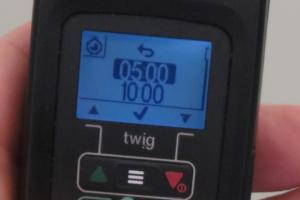The Critical Duty of Employers:
Ensuring the Safety of Lone Workers
In the dangerous world of construction, lone workers face big risks every day. From high places to unstable spots, the chance of serious accidents is always there, making construction one of the riskiest industries. Employers have a big responsibility to protect these workers, a duty that goes beyond just following the rules to a moral obligation to keep their team safe.
Common Risks in the Construction Industry
High-Risk Heights
Falls from heights remain the leading cause of fatalities. Each step taken aloft could be a step toward peril.
Struck or Crushed
The threat of being struck or crushed by heavy, unpredictable machinery is an ever-present danger.
Cold Embrace
Cold and damp conditions weaken and confuse, greatly increasing the risk for those already on the edge.
Advanced Safety Features for Modern-Day Heroes

Mandown Alarm
Perhaps the most critical feature, this automated alert senses the unthinkable - when a worker falls incapacitated and cannot call for help themselves.

Amber Alert
Before entering high-risk areas, workers can set this timer to send automatic pre-alarms, enhancing preventive measures.

Loud Speakerphone
This feature cuts through the cacophony, ensuring clear, loud communications. Combined with a powerful vibrating alarm, it keeps workers alert and connected.
Click here to learn more about TWIG lone worker safety features
Overcome lone worker safety challenges with TWIG lone worker solutions.
Empower your workers
to face everyday risks with confidence
Future-Proof Functionality
Devices maintain compatibility across new device generations.
Durable devices
TWIG lone worker alarms provide reliable performance in all situations.
Scalable Solutions
Our scalable system adapts to your evolving safety requirements.
Made in Finland
Decades of know-how in communication and location solutions.
Trusted Quality
A reliable provider of safety solutions trusted by service providers worldwide.
Certified Compliance
Each device meets stringent lone worker alarm standards and requirements.